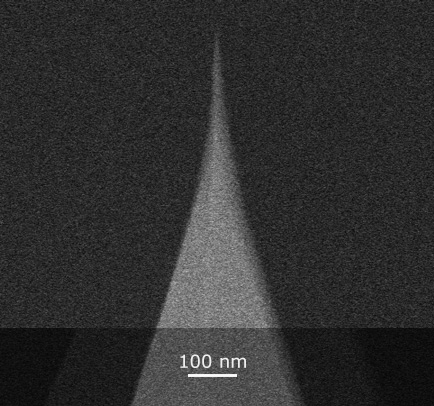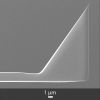

AFM probes for Magnetic Force Microscopy – screencast on NanoWorld® MFM tips passes 2000 views markFri May 14 2021
The screencast about NanoWorld AFM probes for Magnetic Force Microscopy held by Dr. Marco Becker has just passed the 2000 views mark. Congratulations Marco! Magnetic Force Microscopy is a type of Atomic Force Microscopy in which a magnetised AFM tip is used to measure magnetic interactions between the tip and the surface of a magnetic … Continue reading



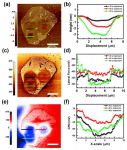
MikroMasch® AFM probes used in a recent researchMon May 10 2021
HQ:NSC14/Cr-Au AFM probes used for KPFM measurements in the investigation of the effects of ebeam irradiation on the friction and work function of wrinkled graphene.
https://www.auniontech.com/ueditor/file/20200527/1590543926800581.pdf?fbclid=IwAR0NDbCYyLb4yOdc_hO3CRzKhxAk_q3m15Kq3iD0DUC6vVzTkKPp85K9Jsc

Video on NANOSENSORS™ Membrane-type Surface-stress Sensors (MSS) for olfactory sensing passes 2000 views markWed May 05 2021
The video on NANOSENSORS™ Membrane-type Surface-stress Sensors (MSS) for olfactory sensing has passed the 2000 views mark. Thank you all for watching. The NANOSENSORS™ Membrane-type Surface-stress Sensor – MSS is a non-packaged MEMS sensor, a silicon membrane platform supported with four beams on which piezoresistors are embedded. It is mainly dedicated to R&D in the […]


New blog post from NanoWorld® - Pb2+ Uptake by Magnesite: The Competition between Thermodynamic Driving Force and Reaction KineticsMon May 03 2021
Pb2+ Uptake by Magnesite: The Competition between Thermodynamic Driving Force and Reaction Kinetics
When they are in put in contact with carbonate minerals dangerous environmental pollutants such as Pb2+ and Cd2+ are taken up by the solid phase assemblage and can be removed from aqueous solutions.* As carbonates can be found almost everywhere and are easily exploitable this makes them interesting materials for environmental remediation.* However, magnesite … Continue reading
#AFMCantilever, #AFMProbes, #AfmTips, #AFMカンチレバー, #AFMプローブ, #AFM探针, #ArrowAFMCantilever, #ArrowAFMProbe, #ArrowAFMTip, #ArrowUHFAFMProbe, #ArrowUHF, #ArrowUHFAuD, #ArrowUHFAuD, #AtomicForceMicroscopy, #CarbonateMinerals, #Cerussite, #InSituFlowThroughAtomicForceMicroscopy, #Magnesite, #MgCO3, #PbRemediation, #PbCO3, #TappingMode, #原子力显微镜探针, #高速原子力显微镜探针


NanoWorld® Ultra-Short USC-F1.2-k0.15 were used for the video of human lectin CLEC4G binding to glycans on a SARS-CoV-2 spikeTue Apr 27 2021
#HighSpeedAFM video of human lectin CLEC4G binding to glycans on a SARS-CoV-2 spike. Videos recorded by Daniel Canena & Peter Hinterdorfer at the Johannes Kepler Universität Linz. #Penningerlab #COVID19 #HSAFM #glycotime
NanoWorld® Ultra-Short USC-F1.2-k0.15 #AFMcantilevers https://www.nanoandmore.com/AFM-Probe-USC-F1.2-k0.15 were used for the #videorateatomicforcemicroscopy


NANOSENSORS™ adds new Membrane-type Surface-stress Sensors (MSS) type for liquid applications to Special Developments ListMon Apr 26 2021
NANOSENSORS™ adds new Membrane-type Surface-stress Sensors (MSS) type for liquid applications to Special Developments List
The Membrane-type Surface-stress Sensor (MSS) is a device to detect specific components in gaseous phase with high sensitivity using a piezoresistive nanomechanical sensor. This device shows great potential as a core component for artificial- (electric-) nose sensors/systems utilized in e.g., medical, food, environment, safety and security fields. Read more on NANOSENSORS™ Blog.
Now NANOSENSORS™ has added a new MSS sensor type, the “SD-MSS-1K2GP” – a nanomechanical sensor based on the MSS technology – to its Special Development list (http://www.nanosensors.com/pdf/SpecialDevelopmentsList.pdf).
Please also refer to: https://www.mss-sensor.com/ and the MSS Video https://youtu.be/JP_VoLrGVXs
Please also refer to: https://www.mss-sensor.com/ and the MSS Video https://youtu.be/JP_VoLrGVXs


Signal Origin of Electrochemical Strain Microscopy and Link to Local Chemical Distribution in Solid State Electrolytes via NANOSENSORS™Mon Apr 19 2021
Signal Origin of Electrochemical Strain Microscopy and Link to Local Chemical Distribution in Solid State Electrolytes
Solid state electrolytes (SSEs) are interesting materials that could potentially replace the currently used organic electrolytes in lithium‐ion batteries (LIBs). * Electrochemical strain microscopy (ESM), a research technique based on atomic force microscopy (AFM), was developed to locally probe ion movement in electrodes based on electro-chemo-mechanical coupling measure through the AFM cantilever deflection. It can […]
Want to find out which NANOSENSORS™ AFM probe was used for the research presented in this article or do you want the full citation and a direct link to the full research article? Then have a look at the NANOSENSORS™ blog to read more.

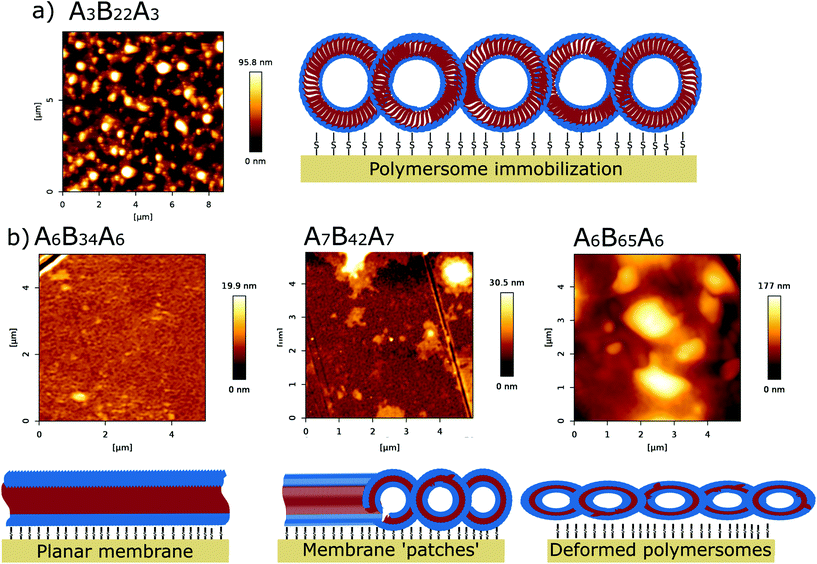
BudgetSensors® Tap150Al-G AFM probes used in a recent studyFri Apr 16 2021
Our Tap150Al-G AFM probes support the investigation of forming solid supported polymer membranes via vesicle fusion.


Van der Waals heterojunctions create new platform for photovoltaic and photodetector design via nanotoolsThu Apr 15 2021
Van der Waals heterojunctions create new platform for photovoltaic and photodetector design.


High-speed atomic force microscopy highlights new molecular mechanism of daptomycin action via NanoWorld®Wed Apr 14 2021
High-speed atomic force microscopy highlights new molecular mechanism of daptomycin action
The current pandemic is not the only health threat worldwide. Another worry is the increasing antibiotic resistance which increases the fear to run out of effective antibiotics. This is one of the reasons why antimicrobial peptides (AMPs) are gaining more and more interest. The lipopeptide Daptomycin ( DAP ) has been used as a …more


MikroMasch® AFM Probes in a recent studyTue Apr 06 2021
Our HQ:NSC36/Al BS AFM probes take part in this study of the interaction between Aβ42 oligomers and aggregation inhibitors with infrared nanospectroscopy.

NANOSENSORS™ AFM probes for Magnetic Force MicroscopyWed Mar 31 2021
NANOSENSORS™ offers six different types of AFM probes for Magnetic Force Microscopy ( MFM) for scanning and investigating sample surfaces with magnetic features: PPP-MFMR – AFM tip with hard magnetic coating, sensitivity, resolution and coercivity designed for standard magnetic force microscopy applications PPP-LM-MFMR – designed for magnetic force microscopy with reduced disturbance of the magnetic […]


On the magnetic nanostructure of a Co–Cu alloy processed by high-pressure torsionThu Mar 25 2021
On the magnetic nanostructure of a Co–Cu alloy processed by high-pressure torsion
Lately the production of nanocrystalline magnetic materials starting with coarse grained materials (top-down approach) has received increasing interest.* The advantage of the top-down approach compared to the bottom-up approach ( e.g. using melt spinning, stacking of sheets, annealing treatments and other processing steps) is that rare-earth elements and additional processing steps such as stacking of […]
The authors of the cited article used NANOSENSORS™ SSS-MFMR magnetic AFM probes optimized for high resolution magnetic force imaging in the quantitative analysis of the magnetic microstructure by magnetic force microscopy to understand the measured magnetic properties and correlated this to the detected changes in coercivity. https://www.nanosensors.com/supersharpsilicon-magnetic…
The achieved results by Martin Stückler et al. show that the rising coercivity can be explained by a magnetic hardening effect occurring in context with spinodal decomposition.* Read more...


Professor Toshio Ando has kindly contributed a guest article on High Speed Scanning Atomic Force MicroscopyMon Mar 22 2021
Professor Toshio Ando, the well-known biophysicist and pioneer in high speed atomic force microscopy (HS-AFM) from Kanazawa University has kindly contributed a guest article on High Speed Scanning Atomic Force Microscopy on the NanoAndMore Webpage
Have a look at:


NanoAndMoreジャパンウェブサイトの高速AFMページにて高速AFMの概説を公開しMon Mar 22 2021
NanoAndMoreジャパンウェブサイトの高速AFMページにて高速AFMの概説を公開し
ました。
高速AFMのパイオニアである金沢大学の安藤敏夫教授にご寄稿いただいておりま
す。ぜひご覧ください。

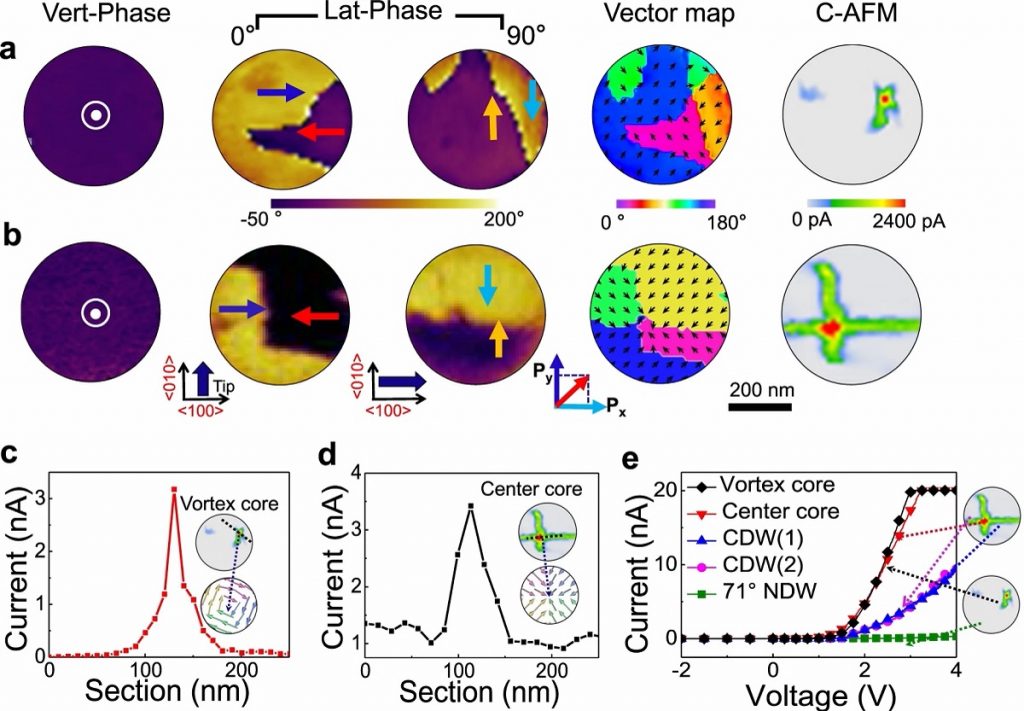
Quasi-one-dimensional metallic conduction channels in exotic ferroelectric topological defectsFri Mar 19 2021
Topological objects and defects (e.g. skyrmions, domain walls, vortices,) in condensed matters have attracted a lot of interest as a field for exploring emerging exotic phenomena and functionalities.* In materials with ferroic order, these topological objects can also be manipulated and controlled by external fields without disrupting their host lattice, making them promising elemental building … Continue reading in the NanoWorld blog
NanoWorld PlatinumIdridium5 coated Arrow-EFM AFM probes were used to examine the domain structures by vector piezoresponse force microscopy (PFM). By using vector PFM mode, the authors could simultaneously map the vertical and lateral piezoresponse signals from the nanoisland one by one.* https://www.nanoworld.com/electrostatic-force-microscopy…
NanoWorld Conductive Diamond coated AFM probes CDT-NCHR were used for the conductive current distribution maps, current–voltage (I–V) measurements that were characterized by conductive atomic force microscopy (C-AFM). https://www.nanoworld.com/pointprobe-conductive-diamond…


Happy birthday, Albert Einstein!Mon Mar 15 2021
No, we are not one day late. This is relativistic time dilation! : )
Einstein made gigantic contributions to modern Physics with his papers on Special relativity, Mass-energy equivalence (E=mc2), Brownian motion and the Photoelectric effect. And then he turned 27…

Screencast Overview about all NanoWorld AFM probes series reaches 500 views markFri Mar 12 2021
Screencast Overview about all NanoWorld AFM probes series reaches 500 views mark!
The Pointprobe® Silicon AFM probe series is the most widely used and best-know AFM tips series worldwide the Arrow Silicon AFM probes series offers optimized positioning through maximized AFM tip visibility the Ultra-Short Cantilever Series offers six different kinds of AFM tips for High Speed Atomic Force Microscopy ( HS-AFM ) in air and in … Continue reading


Photothermal excitation efficiency enhancement demonstrated on OPUS 1160AC-NG by deposited carbon thin filmsMon Mar 08 2021
Here is another article involving OPUS 160AC-NG AFM probes. This time photothermal excitation efficiency enhancement is demonstrated on our AFM cantilevers by EBD deposited amorphous carbon thin films.


